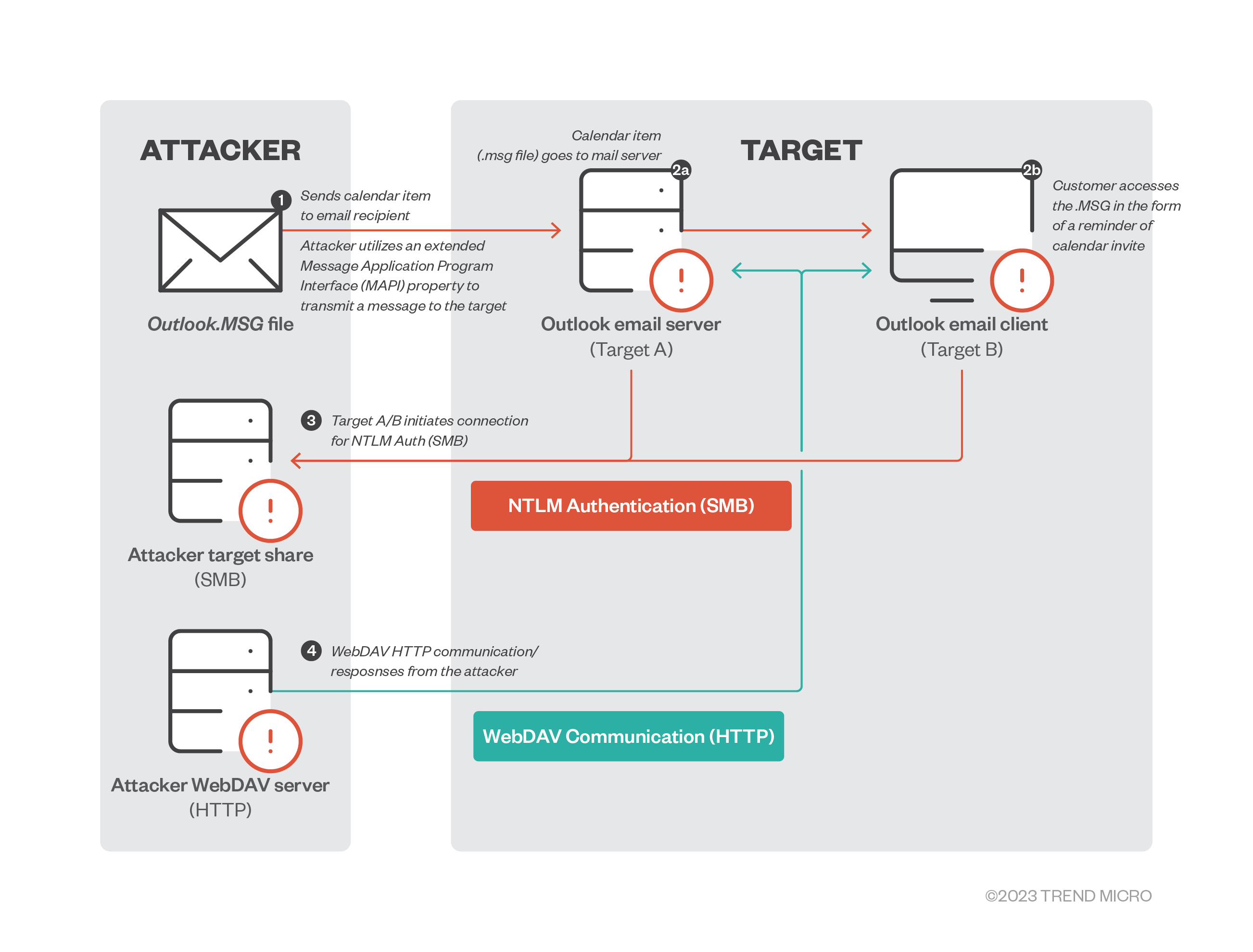Note: Content from this post first appeared in r/CrowdStrike
We will continue to update on this dynamic situation as more details become available. CrowdStrike’s Intelligence team is in contact with 3CX.
On March 29, 2023, CrowdStrike observed unexpected malicious activity emanating from a legitimate, signed binary, 3CXDesktopApp — a softphone application from 3CX. The malicious activity includes beaconing to actor-controlled infrastructure, deployment of second-stage payloads, and, in a small number of cases, hands-on-keyboard activity.
The CrowdStrike Falcon® platform has behavioral preventions and atomic indicator detections targeting the abuse of 3CXDesktopApp. In addition, CrowdStrike® Falcon OverWatch™ helps customers stay vigilant against hands-on-keyboard activity.
CrowdStrike customers can log into the customer support portal and follow the latest updates in Trending Threats & Vulnerabilities: Intrusion Campaign Targeting 3CX Customers
The 3CXDesktopApp is available for Windows, macOS, Linux and mobile. At this time, activity has been observed on both Windows and macOS.
CrowdStrike Intelligence has assessed there is suspected nation-state involvement by the threat actor LABYRINTH CHOLLIMA. CrowdStrike Intelligence customers received an alert this morning on this active intrusion.
Get fast and easy protection with built-in threat intelligence — request a free trial of CrowdStrike Falcon® Pro today.
CrowdStrike Falcon Detection and Protection
The CrowdStrike Falcon platform protects customers from this attack and has coverage utilizing behavior-based indicators of attack (IOAs) and indicators of compromise (IOCs) based detections targeting malicious behaviors associated with 3CX on both macOS and Windows.
Customers should ensure that prevention policies are properly configured with Suspicious Processes enabled.
Figure 1. CrowdStrike’s indicator of attack (IOA) identifies and blocks the malicious behavior in macOS (click to enlarge)
Figure 2. CrowdStrike’s indicator of attack (IOA) identifies and blocks the malicious behavior in Windows (click to enlarge)
Hunting in the CrowdStrike Falcon Platform
Falcon Discover
CrowdStrike Falcon® Discover customers can use the following link: US-1 | US-2 | EU | Gov to look for the presence of 3CXDesktopApp in their environment.
Falcon Insight customers can assess if the 3CXDesktopApp is running in their environment with the following query:
Event Search — Application Search
event_simpleName IN (PeVersionInfo, ProcessRollup2) FileName IN ("3CXDesktopApp.exe", "3CX Desktop App")
| stats dc(aid) as endpointCount by event_platform, FileName, SHA256HashDataFalcon Long Term Repository — Application Search
#event_simpleName=/^(PeVersionInfo|ProcessRollup2)$/ AND (event_platform=Win ImageFileName=/\\3CXDesktopApp\.exe$/i) OR (event_platform=Mac ImageFileName=/\/3CX\sDesktop\sApp/i)
| ImageFileName = /.+(\\|\/)(?.+)$/i
| groupBy([event_platform, FileName, SHA256HashData], function=count(aid, distinct=true, as=endpointCount))Atomic Indicators
The following domains have been observed beaconing, which should be considered an indication of malicious intent.
akamaicontainer[.]com
akamaitechcloudservices[.]com
azuredeploystore[.]com
azureonlinecloud[.]com
azureonlinestorage[.]com
dunamistrd[.]com
glcloudservice[.]com
journalide[.]org
msedgepackageinfo[.]com
msstorageazure[.]com
msstorageboxes[.]com
officeaddons[.]com
officestoragebox[.]com
pbxcloudeservices[.]com
pbxphonenetwork[.]com
pbxsources[.]com
qwepoi123098[.]com
sbmsa[.]wiki
sourceslabs[.]com
visualstudiofactory[.]com
zacharryblogs[.]comCrowdStrike Falcon® Insight customers, regardless of retention period, can search for the presence of these domains in their environment spanning back one year using Indicator Graph: US-1 | US-2 | EU | Gov.
Event Search — Domain Search
event_simpleName=DnsRequest DomainName IN (akamaicontainer.com, akamaitechcloudservices.com, azuredeploystore.com, azureonlinecloud.com, azureonlinestorage.com, dunamistrd.com, glcloudservice.com, journalide.org, msedgepackageinfo.com, msstorageazure.com, msstorageboxes.com, officeaddons.com, officestoragebox.com, pbxcloudeservices.com, pbxphonenetwork.com, pbxsources.com, qwepoi123098.com, sbmsa.wiki, sourceslabs.com, visualstudiofactory.com, zacharryblogs.com)
| stats dc(aid) as endpointCount, earliest(ContextTimeStamp_decimal) as firstSeen, latest(ContextTimeStamp_decimal) as lastSeen by DomainName
| convert ctime(firstSeen) ctime(lastSeen)Falcon LTR — Domain Search
#event_simpleName=DnsRequest
| in(DomainName, values=[akamaicontainer.com, akamaitechcloudservices.com, azuredeploystore.com, azureonlinecloud.com, azureonlinestorage.com, dunamistrd.com, glcloudservice.com, journalide.org, msedgepackageinfo.com, msstorageazure.com, msstorageboxes.com, officeaddons.com, officestoragebox.com, pbxcloudeservices.com, pbxphonenetwork.com, pbxsources.com, qwepoi123098.com, sbmsa.wiki, sourceslabs.com, visualstudiofactory.com, zacharryblogs.com])
| groupBy([DomainName], function=([count(aid, distinct=true, as=endpointCount), min(ContextTimeStamp, as=firstSeen), max(ContextTimeStamp, as=lastSeen)]))
| firstSeen := firstSeen * 1000 | formatTime(format="%F %T.%L", field=firstSeen, as="firstSeen")
| lastSeen := lastSeen * 1000 | formatTime(format="%F %T.%L", field=lastSeen, as="lastSeen")
| sort(endpointCount, order=desc)File Details
| SHA256 | Operating System | Installer SHA256 | FileName |
| dde03348075512796241389dfea5560c20a3d2a2eac95c894e7bbed5e85a0acc | Windows | aa124a4b4df12b34e74ee7f6c683b2ebec4ce9a8edcf9be345823b4fdcf5d868 | 3cxdesktopapp-18.12.407.msi |
| fad482ded2e25ce9e1dd3d3ecc3227af714bdfbbde04347dbc1b21d6a3670405 | Windows | 59e1edf4d82fae4978e97512b0331b7eb21dd4b838b850ba46794d9c7a2c0983 | 3cxdesktopapp-18.12.416.msi |
| 92005051ae314d61074ed94a52e76b1c3e21e7f0e8c1d1fdd497a006ce45fa61 | macOS | 5407cda7d3a75e7b1e030b1f33337a56f293578ffa8b3ae19c671051ed314290 | 3CXDesktopApp-18.11.1213.dmg |
| b86c695822013483fa4e2dfdf712c5ee777d7b99cbad8c2fa2274b133481eadb | macOS | e6bbc33815b9f20b0cf832d7401dd893fbc467c800728b5891336706da0dbcec | 3cxdesktopapp-latest.dmg |
Recommendations
The current recommendation for all CrowdStrike customers is:
- Locate the presence of 3CXDesktopApp software in your environment by using the queries outlined above.
- Ensure Falcon is deployed to applicable systems.
- Ensure “Suspicious Processes” is enabled in applicable Prevention Policies.
- Hunt for historical presence of atomic indicators in third-party tooling (if available).
Additional Resources
- Request a free CrowdStrike Intelligence threat briefing and learn how to stop adversaries targeting your organization.
- The industry-leading CrowdStrike Falcon platform sets the new standard in cybersecurity. Watch this demo to see the Falcon platform in action.
- Experience how the industry-leading CrowdStrike Falcon platform protects against modern threats. Start your 15-day free trial today.
- Find more information on this situation on our Trending Threats & Vulnerabilities: Intrusion Campaign Targeting 3CX Customers tracking page.
















